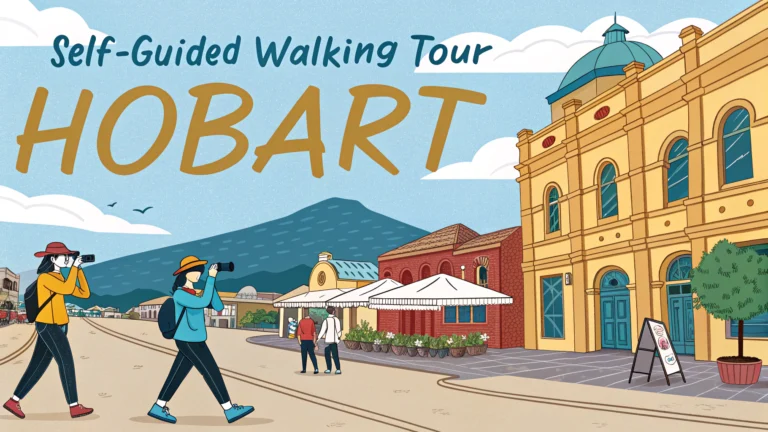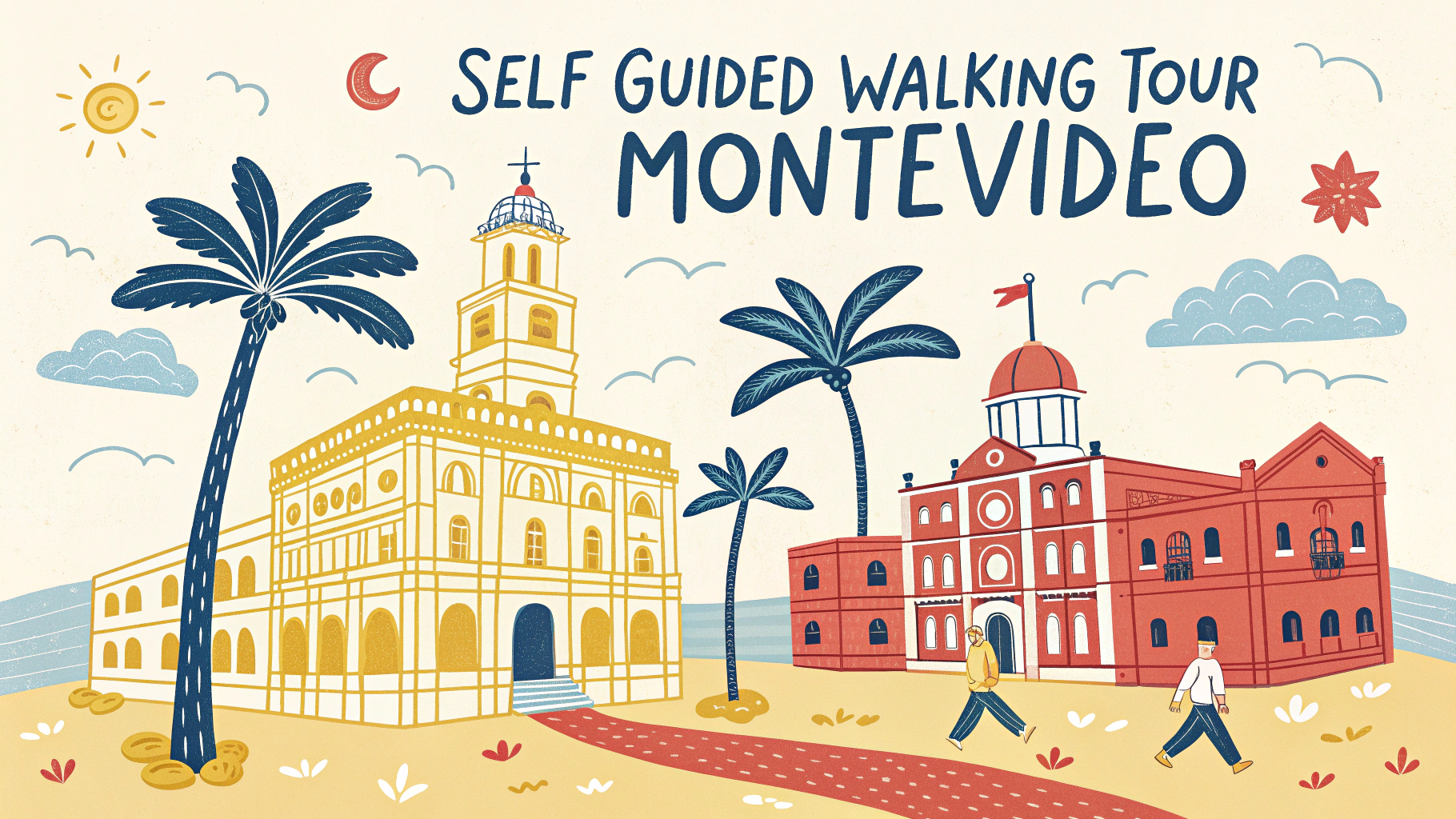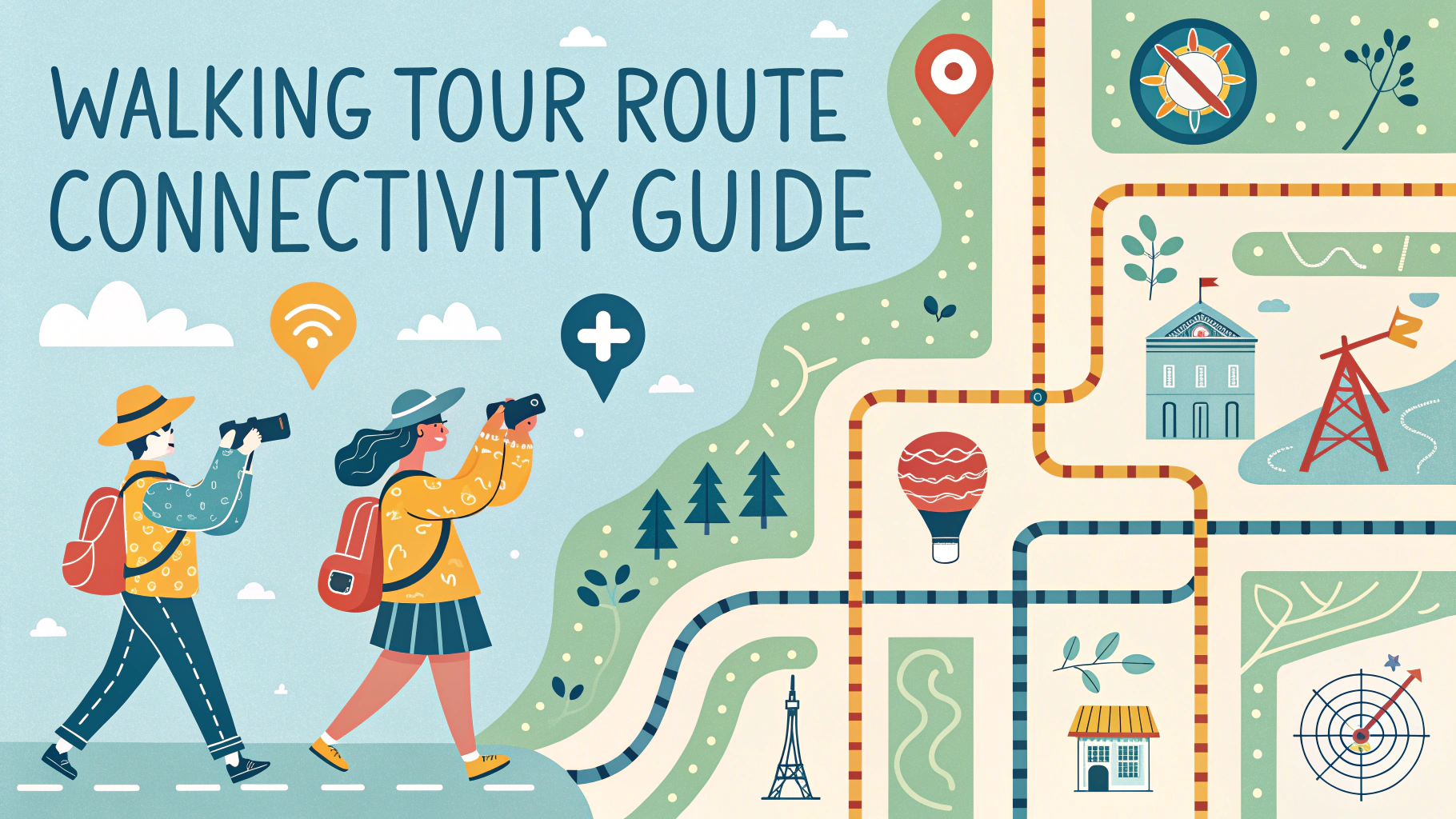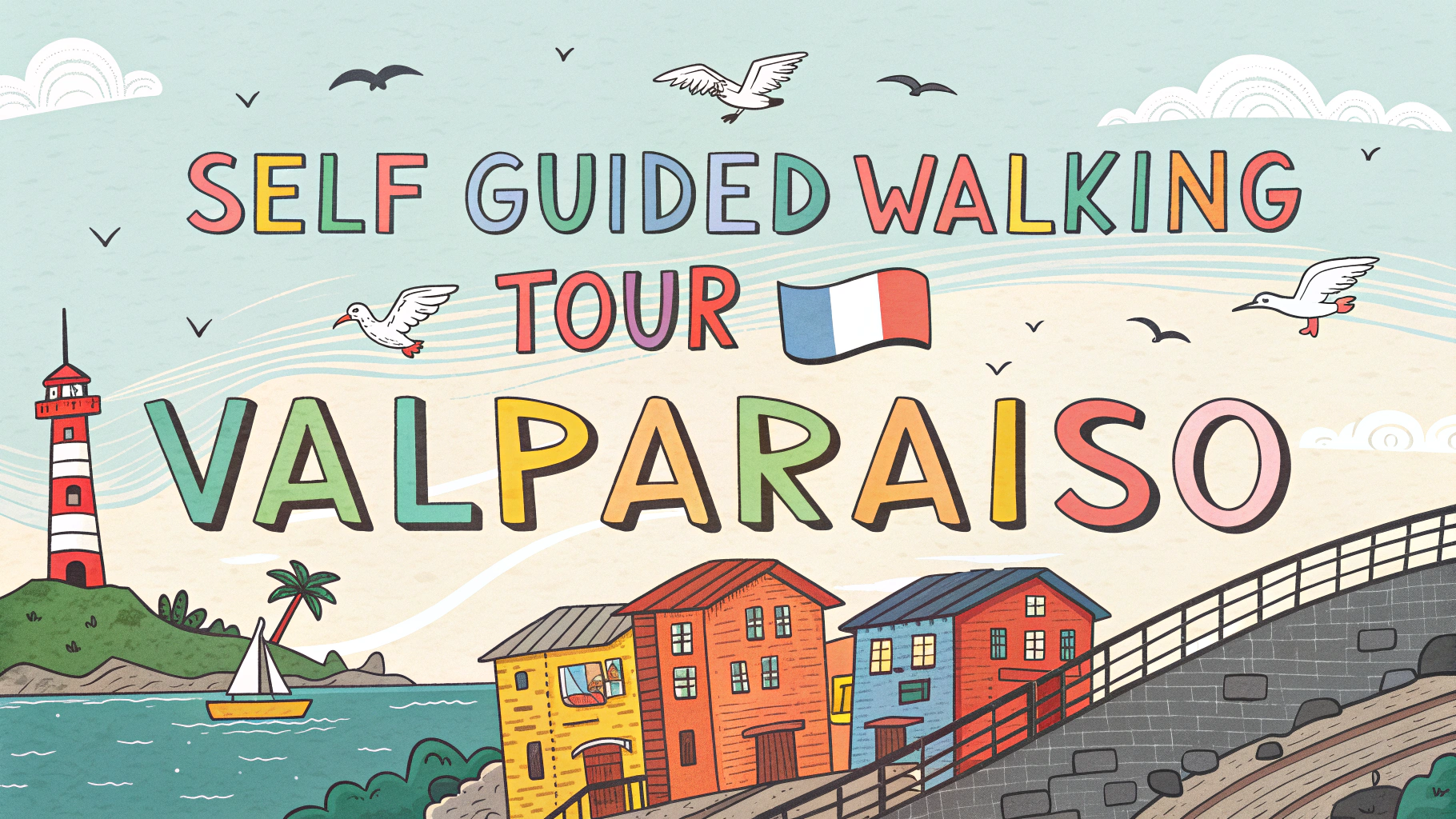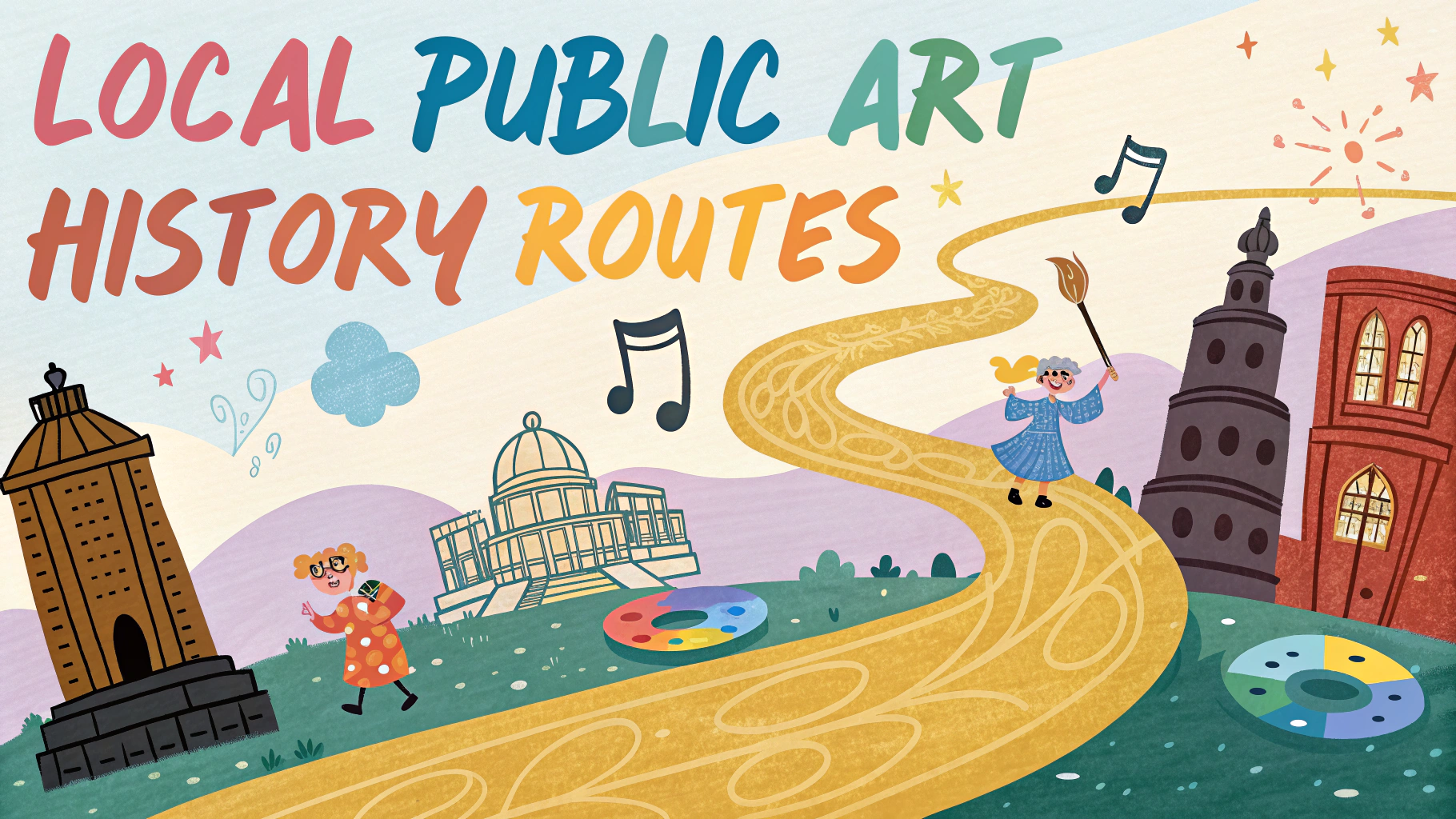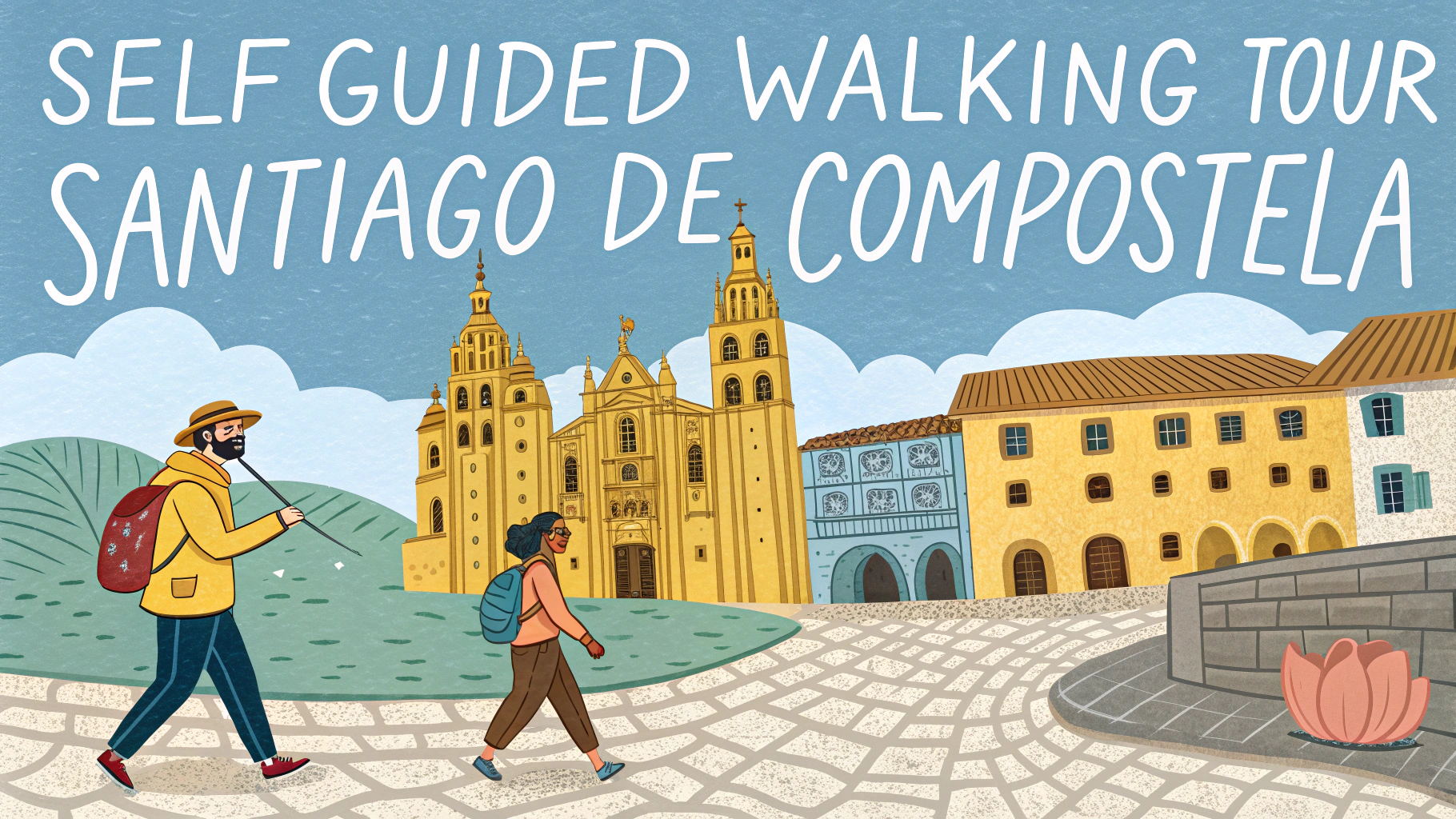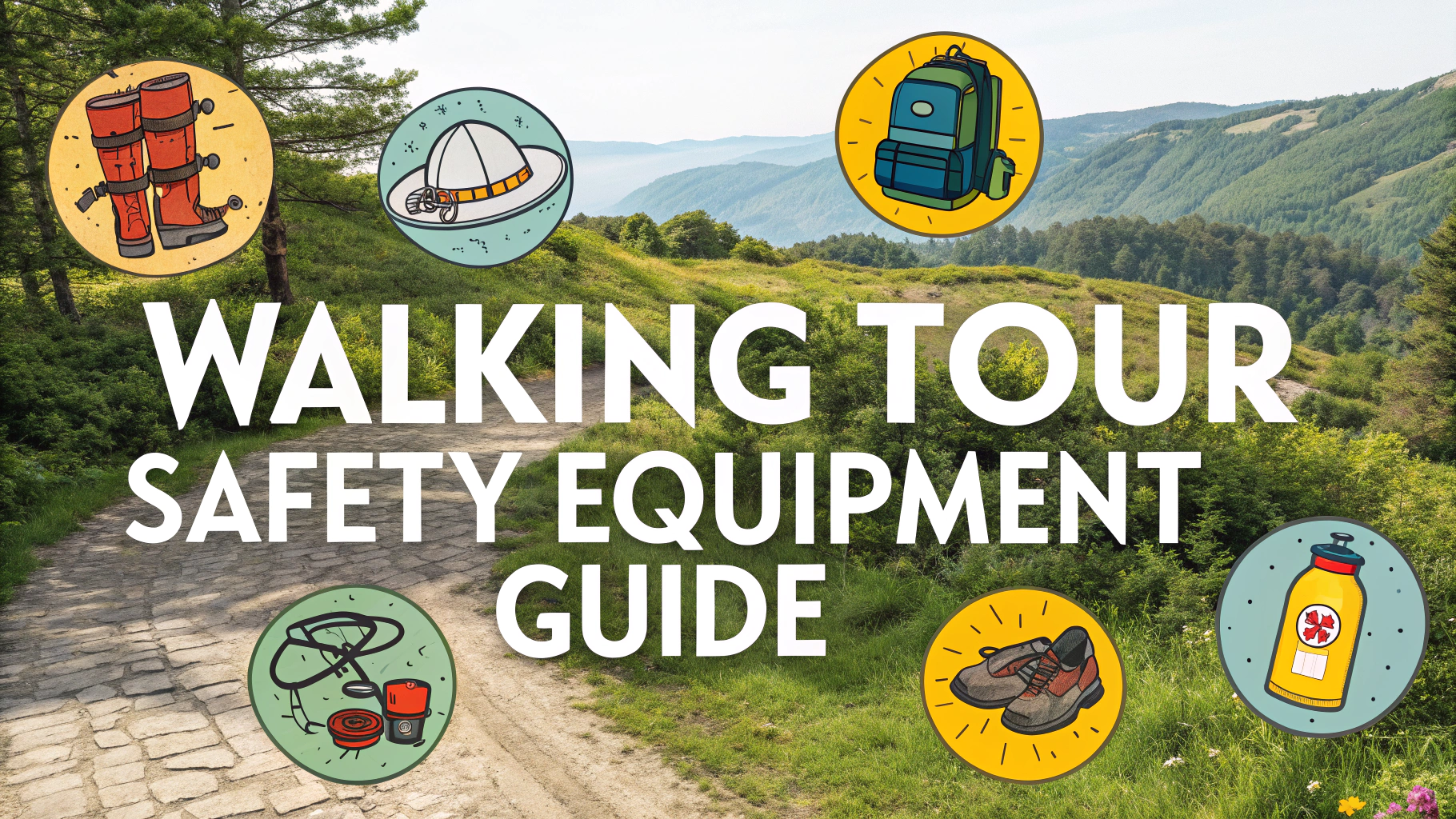A self-guided walking tour through Hobart lets you explore Tasmania’s historic capital at your own pace, taking in colonial architecture, waterfront views, and hidden laneways.
Recommended Walking Route
Start your walk at Salamanca Place, known for its sandstone warehouses dating back to the 1830s.
- Duration: 2-3 hours
- Distance: 4 kilometers
- Difficulty: Easy to moderate (some uphill sections)
Key Stops Along the Route
- Salamanca Place
- Historic sandstone warehouses
- Art galleries and cafes
- Saturday markets (8:30 AM – 3 PM)
- Parliament House
- Built in 1840
- Free guided tours available (booking required)
- Phone: +61 3 6212 2222
- Battery Point
- Kelly’s Steps access
- Arthur Circus colonial cottages
- Hampden Road cafes
- St David’s Cathedral
- Gothic Revival architecture
- Built 1868
- Open daily 9 AM – 5 PM
- Constitution Dock
- Working fishing harbor
- Fresh seafood vendors
- Sydney to Hobart yacht race finish line
Practical Tips
- Wear comfortable walking shoes
- Bring water and weather-appropriate clothing
- Download an offline map before starting
- Best walking times: 9 AM – 5 PM
- Public toilets available at Salamanca Place and Constitution Dock
Optional Extensions
Add these stops if time permits:
- Female Factory Historic Site – World Heritage convict site
- Royal Tasmanian Botanical Gardens – 14-hectare garden established 1818
- MONA Ferry Terminal – Access to Museum of Old and New Art
Refreshment Stops
| Location | Type | Opening Hours |
|---|---|---|
| Jackman & McRoss | Bakery/Cafe | 7 AM – 5 PM |
| Daci & Daci | European Cafe | 7:30 AM – 4 PM |
| Fish Frenzy | Seafood | 11 AM – 8 PM |
Download the free Tourism Tasmania app for additional walking routes and point-of-interest information.
Weather Considerations
Hobart’s weather can be unpredictable, with four distinct seasons affecting walking conditions throughout the year.
- Summer (Dec-Feb): Mild temperatures, ideal for walking
- Winter (Jun-Aug): Cold mornings, possible snow on Mt Wellington
- Spring/Autumn: Variable conditions, carry layers
Historical Context
Established in 1804 as a British penal colony, Hobart’s streets showcase over 200 years of colonial history and maritime heritage.
Architectural Highlights
- Georgian architecture (1800s)
- Victorian-era buildings
- Maritime industrial structures
- Contemporary waterfront developments
Local Transport Options
Connect your walk with public transport to access further destinations:
- Metro Tasmania buses from Elizabeth Street
- Red Decker hop-on-hop-off bus
- Water taxis at Constitution Dock
Conclusion
This self-guided walking tour offers an intimate glimpse of Hobart’s colonial heritage, maritime culture, and modern city life. Customize the route based on your interests and energy levels, and remember to respect private property and local business hours.
Emergency Contacts
- Police/Ambulance/Fire: 000
- Hobart Visitor Centre: +61 3 6238 4222
- Taxi Service: 131 008
FAQs
- What’s the best time of year to do a self-guided walking tour in Hobart?
Summer (December to February) offers the most pleasant weather with average temperatures between 11-21°C, though spring (September-November) and autumn (March-May) also provide comfortable conditions with fewer tourists. - How long does it take to walk Hobart’s main historic sites?
A comprehensive walk covering Salamanca Place, Battery Point, and the CBD typically takes 2-3 hours at a leisurely pace, though you can extend this to a full day with museum visits. - Is Hobart safe for solo walkers?
Yes, Hobart is one of Australia’s safest capital cities, particularly during daylight hours. The main tourist areas are well-patrolled and populated. - Where should I start my self-guided walking tour?
Most walking tours begin at Salamanca Place due to its central location, historic significance, and proximity to the waterfront and Tourist Information Centre. - Do I need special footwear for walking around Hobart?
Comfortable walking shoes are recommended as some streets, particularly in Battery Point, feature cobblestones and steep inclines. - Are there public restrooms available along walking routes?
Yes, public facilities are available at key locations including Salamanca Place, Franklin Square, and the Elizabeth Street Mall. - What are the must-see landmarks on a Hobart walking tour?
Essential stops include Salamanca Place, Battery Point, St. David’s Cathedral, Parliament House, Cascade Brewery (viewed from outside), and Kelly’s Steps. - Are walking maps available for self-guided tours?
Yes, free walking maps are available from the Hobart Visitor Centre at Davey Street, and digital versions can be downloaded from the City of Hobart website. - Is it possible to combine walking tours with Mount Wellington visits?
While Mount Wellington requires separate transport, you can incorporate views of the mountain from various city viewpoints, including the Battery Point circuit. - Are Hobart’s walking routes wheelchair accessible?
Most of the CBD and Salamanca area is wheelchair accessible, though some Battery Point streets have steep inclines and historic cobblestones that may present challenges.
